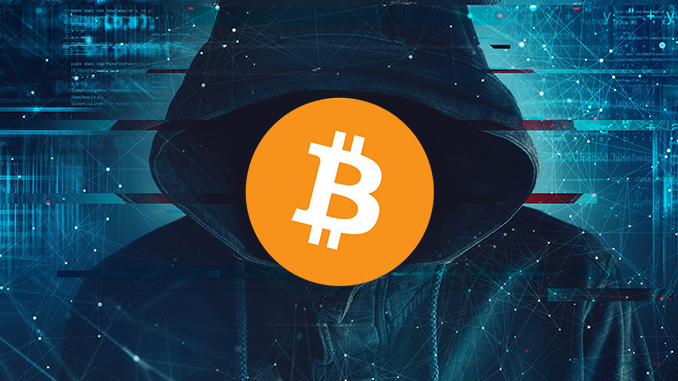
BTC inventor Satoshi Nakamoto was in all probability responsible for the first block in the Bitcoin block chain and also worked as a miner afterwards. This could have resulted in a total of around 1.1 million BTCs, which would be worth US$10 billion today.
The beginnings of Bitcoin (BTC) in 2009 are still marked by a number of open questions: For one, the crypto scene continues to puzzle over who is actually behind the pseudonym Satoshi Nakamoto, who gave the starting signal with his white paper on a crypto currency called Bitcoin. And then there is the question of how many BTC this Satoshi Nakamoto has accumulated for himself in the first months. The leading expert in this field is Sergio Demian Lerner, a crypto-researcher who first investigated the matter with Satoshi’s Bitcoin in 2013 and had a second report followed in 2019.
The BTC treasure of Satoshi – and what does “Patoshi” mean?
Lerner also owes the made-up word “Patoshi” to Satoshi, which is made up of “Pattern” (translated: pattern) and Satoshi. For Lerner’s calculations assume that Satoshi set the block chain of Bitcoin in motion with the first block (Genesis Block). With this starting point a pattern can be known, which is formed by three important clues. From the beginning of Bitcoin there is a miner that receives its BTC at recurring addresses, never moves them and works extremely regularly in time. This miner, according to Lerner, must be Satoshi. Satoshi must have had an interest in ensuring that the block chain was stable, which nobody but Satoshi himself was able to do at the beginning. And Satoshi had always kept his real name a secret, knowing that transactions from him would quickly lead to his true identity.
So Lerner places “Patoshi” like a template over the Bitcoin time list or block bar and then the pattern becomes visually easy to understand. Satoshi has received a total of around 1.1 million BTCs as miners, whose value was still manageable in 2010, but which are valued at around 10 billion US dollars on the market today. “Patoshi” is usually also used when a transaction with early mined BTC appears from time to time and some people are already murmuring, Satoshi speaks up. But when these Bitcoins come from blocks that are not attributed to Satoshi as a Miner, the excitement quickly fades away.
Satoshi’s Bitcoin and the market for BTC
If we follow Lerner’s reasoning, Satoshi holds just under 5 percent of all BTCs mined to date, and his accounts will continue to play a role even when the maximum of 21 million BTCs is reached – as long as at least the Bitcoin from the “Patoshi” blocks is not moved. There is of course also the assumption that Satoshi is already dead or has lost his Private Keys. In this case, his BTC would certainly be counted among the so-called Lost Bitcoins. In any case, if Satoshi’s BTCs came onto the market, possibly even in a concentrated form, they would in all probability at least temporarily damage the price of Bitcoin.
The question remains who Satoshi Nakamoto really is or was. Craig Wright tries again and again to claim this title for himself and fails just as often, most recently by proving it from early BTC blocks. There is also a German, Jörg Molt, who boasts of being Satoshi, but can’t prove it and instead attracts attention by cheating. Sometimes the search for Satoshi leads to Russia, sometimes to Estonia – but none of the detective work is really convincing. It would be a sensation if the real Satoshi would be found or come out himself. Because today, when Bitcoin is a synonym for crypto currencies in general, Satoshi would be a star.
Best place to buy Bitcoin:

Leave a Reply